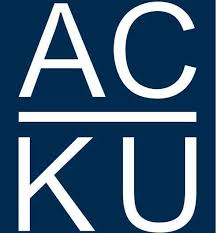Water resources management in Afghanistan : the issues and options / Asad Sarwar Qureshi.
Material type: TextLanguage: English Series: Publication details: Colombo, Sri Lanka : International Water Management Institute (IWMI), 2002.Description: iii, 24 pages : color illustrations, color maps ; 30 cmSubject(s): LOC classification:
TextLanguage: English Series: Publication details: Colombo, Sri Lanka : International Water Management Institute (IWMI), 2002.Description: iii, 24 pages : color illustrations, color maps ; 30 cmSubject(s): LOC classification: - Pamphlet HD1698. A3.
| Item type | Current library | Call number | Status | Date due | Barcode | Item holds | |
|---|---|---|---|---|---|---|---|
 Environment
Environment
|
Afghanistan Centre at Kabul University | Pamphlet HD1698.A3.Q874 2002 (Browse shelf(Opens below)) | Available | 3ACKU000547850 |
“June 2002”.
“Pakistan Country series No. 14”—cover page.
“International Water Management Institute”—cover page.
“Future Harvest”—cover page.
Contents: List of tables—List of figures—Foreword—1. Introduction—2. Water resources of Afghanistan—3. Irrigation in Afghanistan—4. Water resources management issues—5. The way forwards—Literature cited—Annexes.
Summary: “Afghanistan is a landlocked country of about 65 million hectares and 20 million people, of which 16.5 million live in rural areas. It is characterized by a rugged mountainous landscape, and scattered human settlements. The economy of the country is based on agricultural products and livestock. Majority of the rural population is small subsistence farmers who live of small plots of land. Therefore, management of water resources is a vital factor for the economic growth and to meet the people’s needs for food and fiber…”—(page iii).
English
